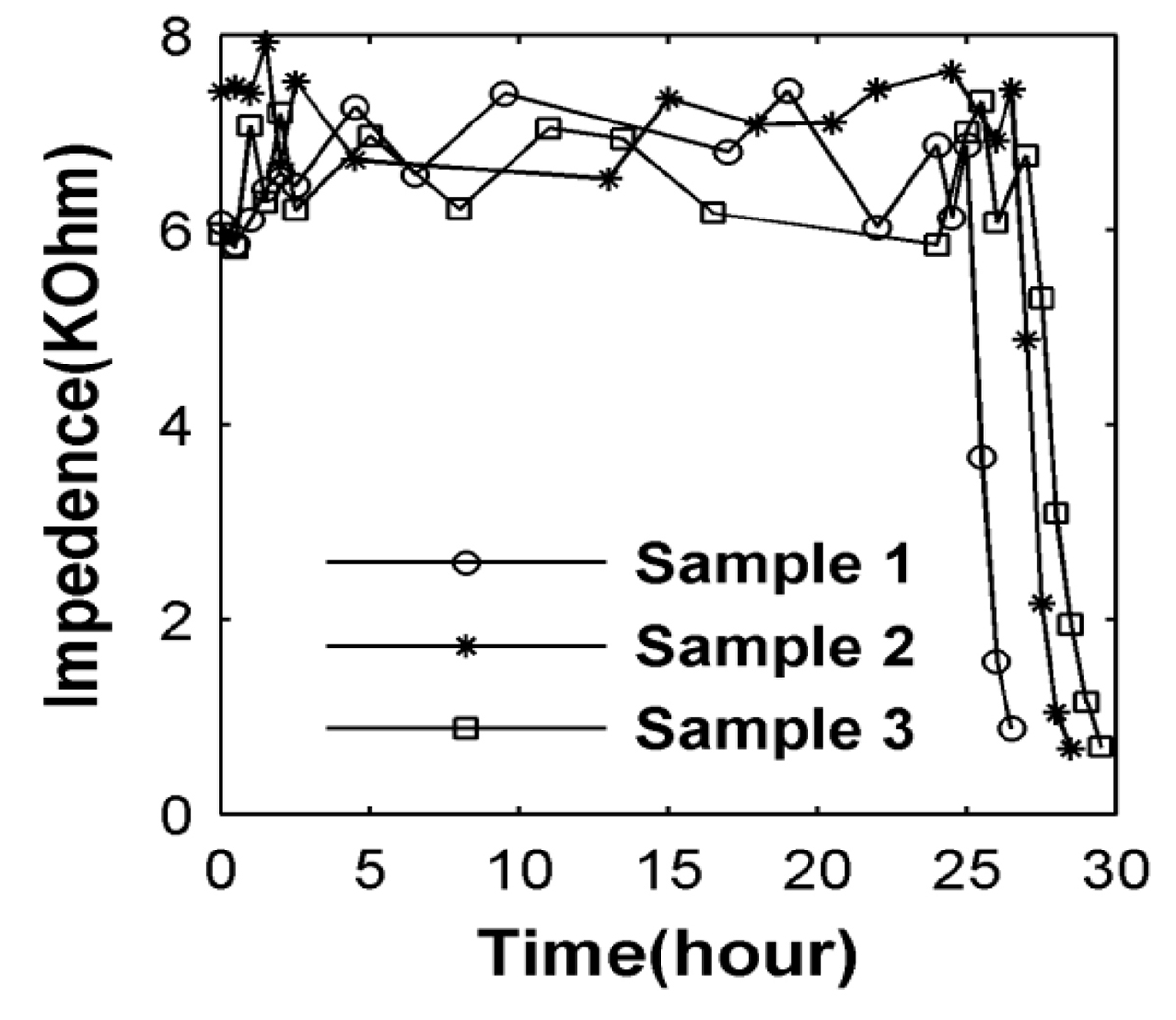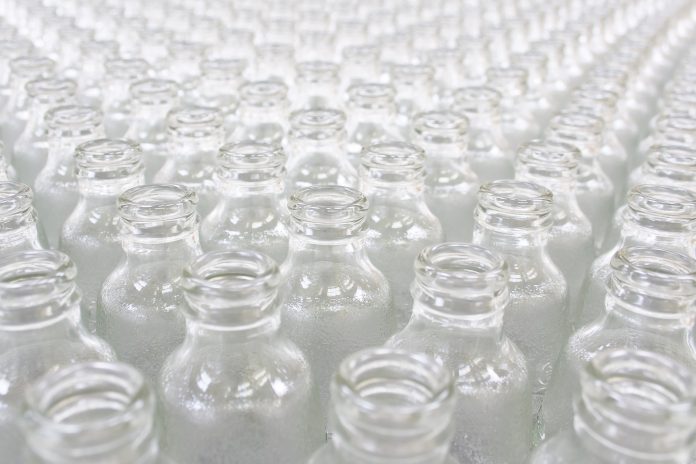Dr Chang-Soo Kim, Professor at Missouri University of Science and Technology, enlightens us on smart biodegradable devices that vanish when they need to do so
Concerning the biodegradable device concept, there are two different categories of implantable medical devices. The first category involves permanent prosthetic devices that are currently being used for rehabilitation purposes, including orthopaedic prostheses, cardiac pacemakers and nerve stimulation implants. The second category, still in an emerging concept stage, involves temporary devices for interventional medical monitoring and control scenarios. After their intended operational functional lifetime, these temporary devices are designed either to lose their functionality or become unnecessary.
However, these devices are either left inside the body unless they are removed by additional surgical operation. This may cause significant electromagnetic and biomechanical safety concerns and/or latent complications at the implanted sites. One possibility to resolve these issues is the realisation of biodegradable (dissolvable and absorbable) devices. During their intended lifetime, the implanted devices are completely functional, and then are absorbed by the body at a rate determined by the materials used to make the device.
Organic versus inorganic biodegradable materials
Although various biodegradable polymers (e.g. surgical suture) are available, these materials are less ideal than their inorganic counterparts to apply to device platforms, particularly for the proposed uses. Most biodegradable polymers exhibit a relatively short degradation time after implantation by bulk hydration that continuously changes their original bulk properties during the degradation. Inorganic materials, for example, glass materials are superior in this respect since the hydrolysis occurs at the surface, allowing the retention of bulk materials properties and structural integrity until the device reaches a critical point of disintegration. Also, the polymers have a limited surface modification strategy, while the functionalisation of glass surfaces has been extensively studied and commonly practised for various biomedical applications.
Biodegradable glass materials
Our unique approach is the use of two inorganic materials known to be the most biocompatible amongst other inorganic materials: biodegradable glass and glass-derived hydroxyapatite (HA). So far, there is no known case of the use of biodegradable glass as the active element of functional devices for diagnosis (sensors) and therapy (actuators), as opposed to simple, passive prostheses.

Biodegradable glass is a class of materials that react in vivo and change their chemical composition when in contact with living tissue, allowing ingrowth of cells to become a part of the tissue itself and eventually absorbed. The glass releases ionic species into the surrounding tissue to become part of the surrounding tissue. Their degradation rates can be tuned over a very wide range from nanometer to millimetre per day. Initial applications were mostly for artificial tissue regrowth scaffolds to repair hard tissues such as in dental and orthopaedic applications.
Additionally, incorporating anti-bacterial and/or therapeutic agents into glass are also possible for the controlled release of drugs. Furthermore, some types of glass are X-ray imageable by their composition, which is an additional merit to monitor the degradation of the device over the course of operation.

Missouri University of Science and Technology (formerly Missouri -Rolla) exploring the biodegradable glass-based devices
A multidisciplinary research team at Missouri University of Science and Technology (formerly University of Missouri – Rolla) is exploring the feasibility of the glass-based temporary implantable active devices to leverage the strength of the ongoing bioactive glass materials area. This research is the first step toward an unprecedented concept demonstration of truly solid-state, biodegradable systems.
Beyond the ongoing research, there are new insights into the possibility for realising inorganic, biodegradable electronic/photonic systems for diagnosis and therapy, both passive (e.g. resistors, capacitors, inductors, fibres, antennas) and active (e.g. diodes, transistors, photovoltaic cells) functions. These biodegradable systems will create a variety of new niche areas that do not require (or prefer to eliminate) permanent implants after several months or years post- implantation. For example, before the patients are released from the hospitals, some medical sensors may be implanted in a deep-seated organ without any concern for removing them. Wounded patients may benefit from these sensors for monitoring their healing processes without the need of additional surgery for removal after healing.
Acknowledgement
Funding from Center for Biomedical Research (CBR), Missouri University of Science and Technology.
Please note: This is a commercial profile
© 2019. This work is licensed under CC-BY-NC-ND.











